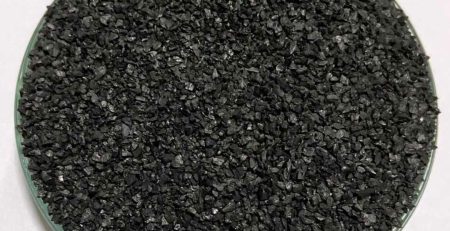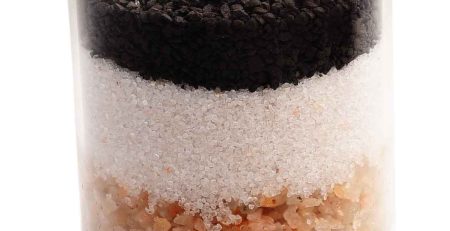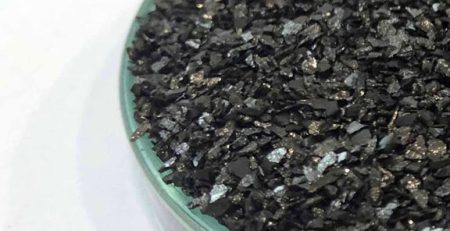Water Filters – What Are Microns ?
When you think of water filters and safe drinking water in general, you often run into the word micron. But what is a micron, and why is it important ? This information article provides you with a basic look at microns and how you can use this information to get safer drinking water in your home or office.
The use of the word micron, in conjunction with water filters, is almost always associated with filtration. Filtration is simply the process of allowing water to flow through a particular type of substance in order for that substance to trap and collect particles that may be in the water. Filtration has been around for thousands of years and it is one of the best lines of defense when people want safer drinking water.
Some of the more popular options for water filtration include: sand, charcoal, anthracite, and paper. Modern water filters may use a combination of media to filter the water, and these are often the best systems to look into if you have problem water.
The term micron comes into play when you want to know just how small a particle can be and still be trapped by the filter media that you are using. For example, a water filter that has been rated at 1 micron or below will trap both Cryptosporidium and Guardia. It can do this because the cysts for those bacteria are larger than 1 micron. On the other hand, most viruses cannot be trapped unless the filter is rated at least 0.01 microns.
Most high-quality water filters will take all of this into account, making it much easier for you to select a good, reliable filter for your home. But there are some instances when you need to know a bit more about microns and how they work. This is especially true if you have cloudy water or sediment in your water.
So what is a micron rating ?
In simple terms, a micron rating calculates the average size of the openings within the filter media. For example, a filter that has been rated at 40-microns will have larger openings than one that has been rated at 5-microns. Because the openings are larger, the 40-micron filter will allow larger particles pass through the filter than the 5-micron filter.
The next part of this article is intended for those who get their water from wells or other direct methods (creeks, streams, etc). As mentioned above, in order to trap dangerous organisms in water you want water filters that can trap very small particles. But if you have sediment in your incoming water, those same filters will clogged up very fast as they will collect virtually all particles that come into the home. This might include grains of sand, dirt, even tiny pebbles. When this is the case, you need to use a pre-filter to strain out those larger particles before you filter the water for bacteria and viruses.
You can accomplish this by using a two-stage filter system wherein the first stage is designed to collect the larger particles before allowing the water to pass onto the second stage. This is a much more effective and affordable system to use when sediment is part of your incoming water.








